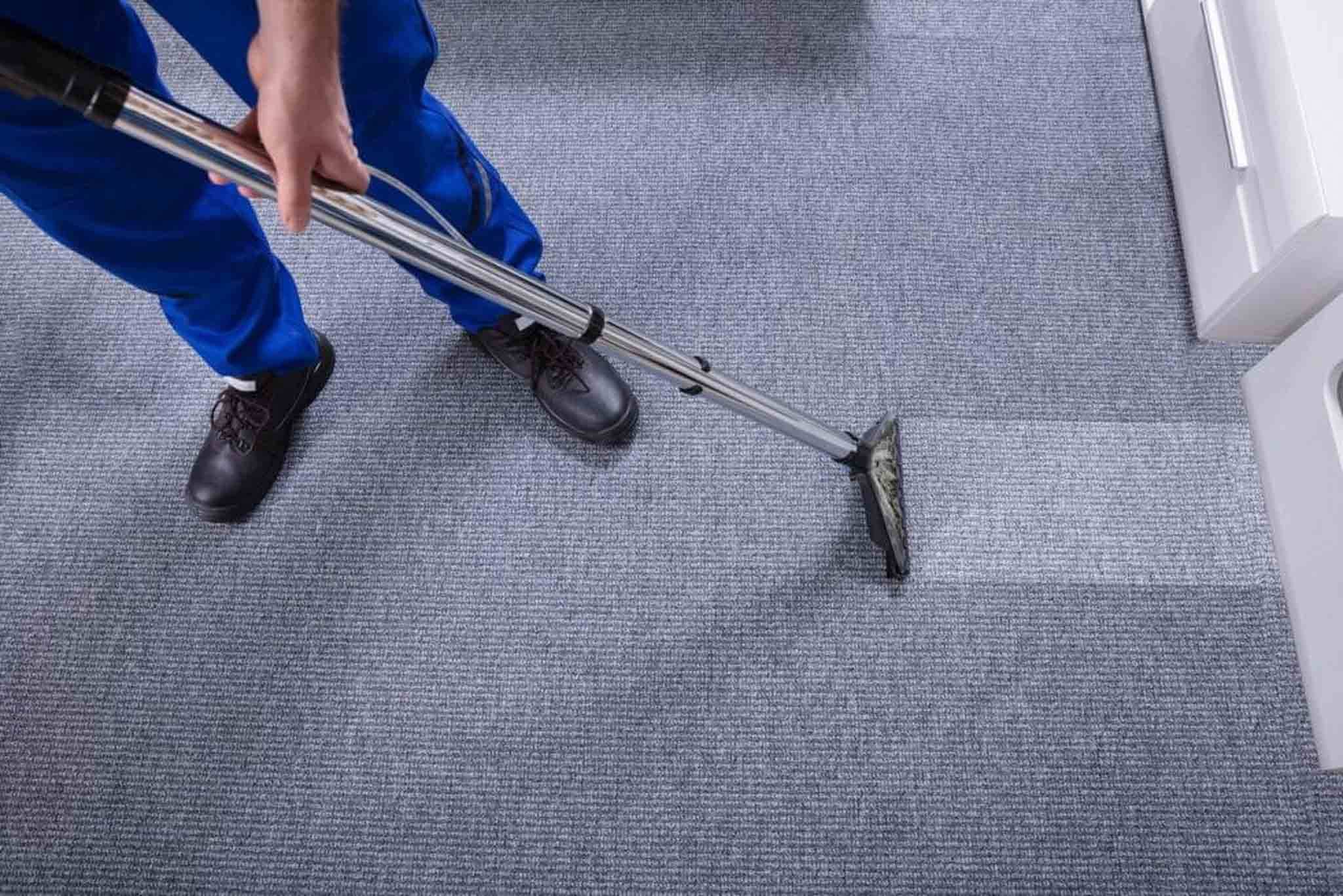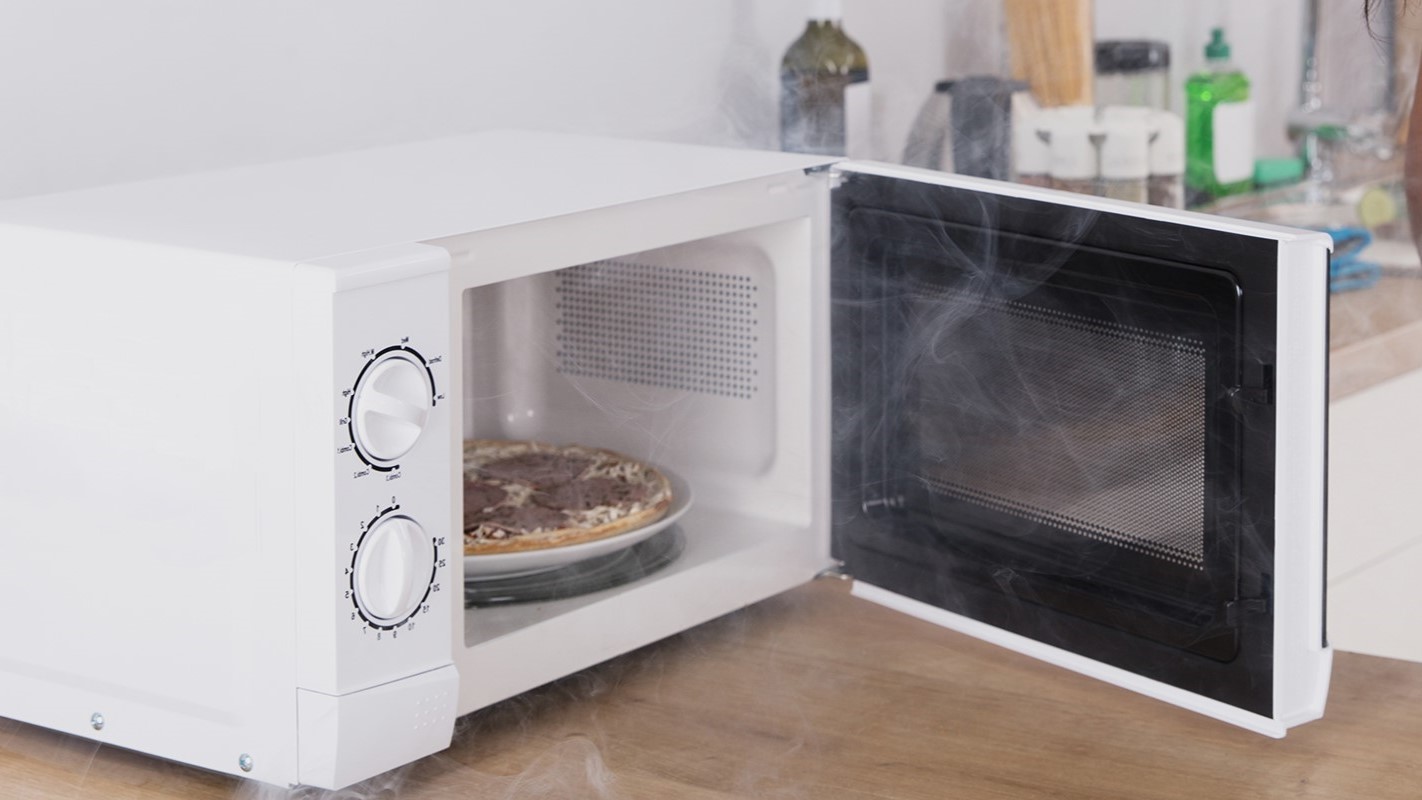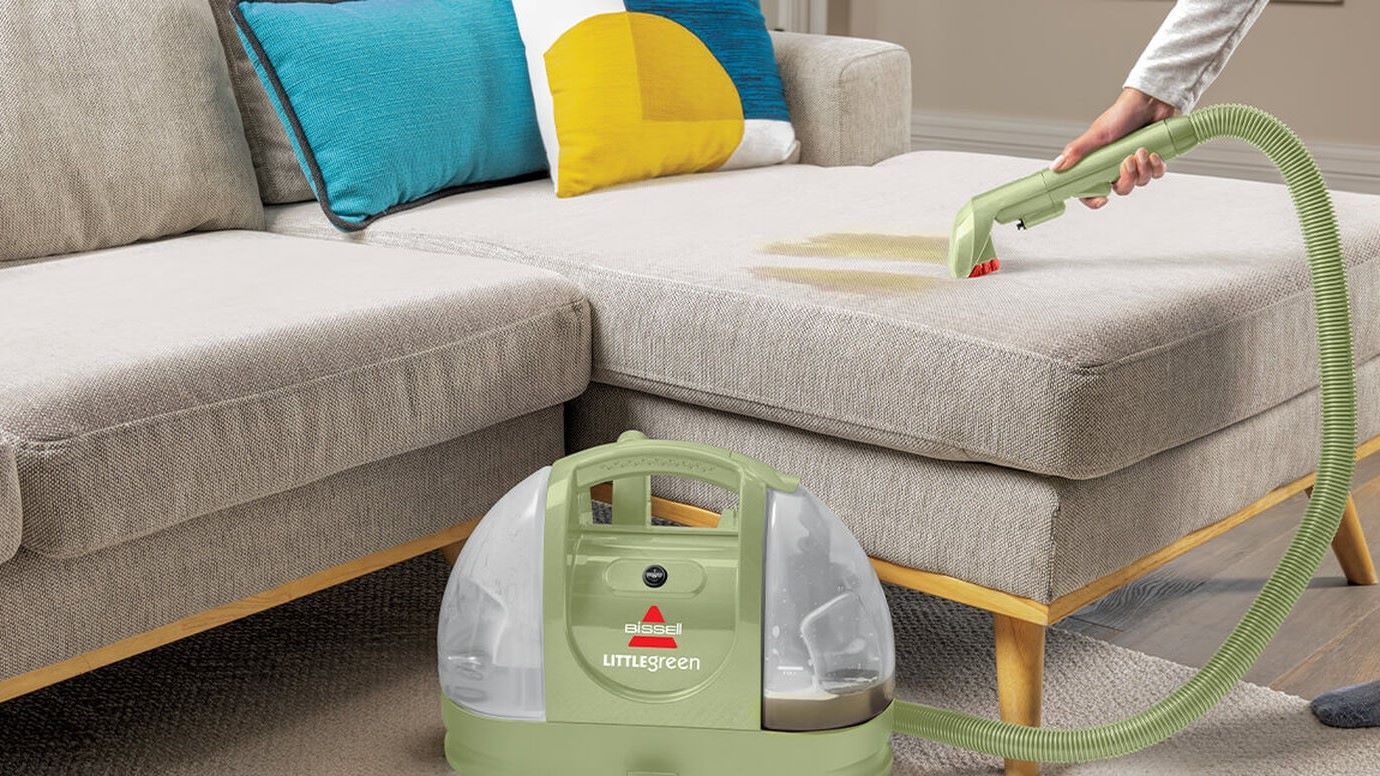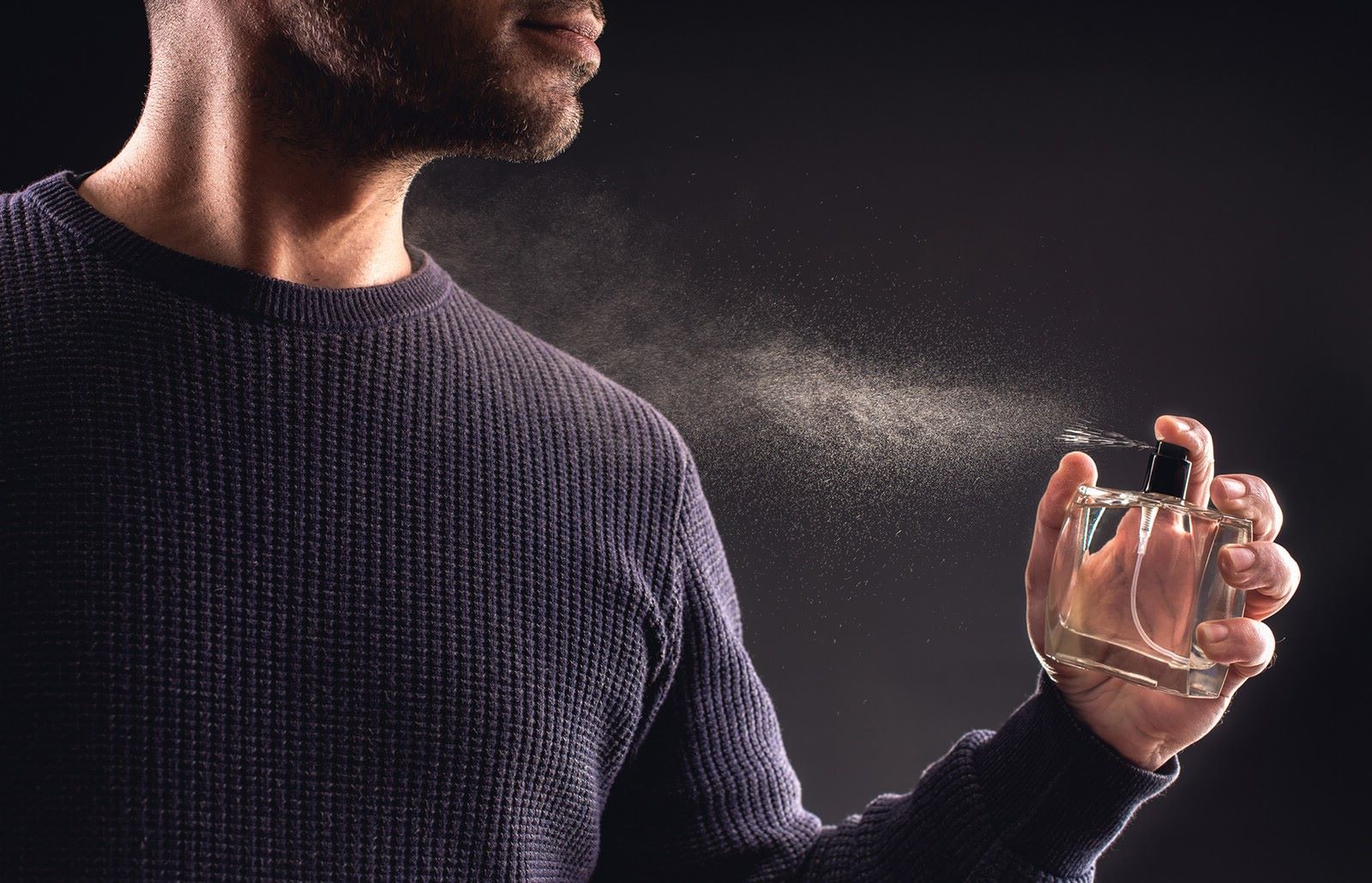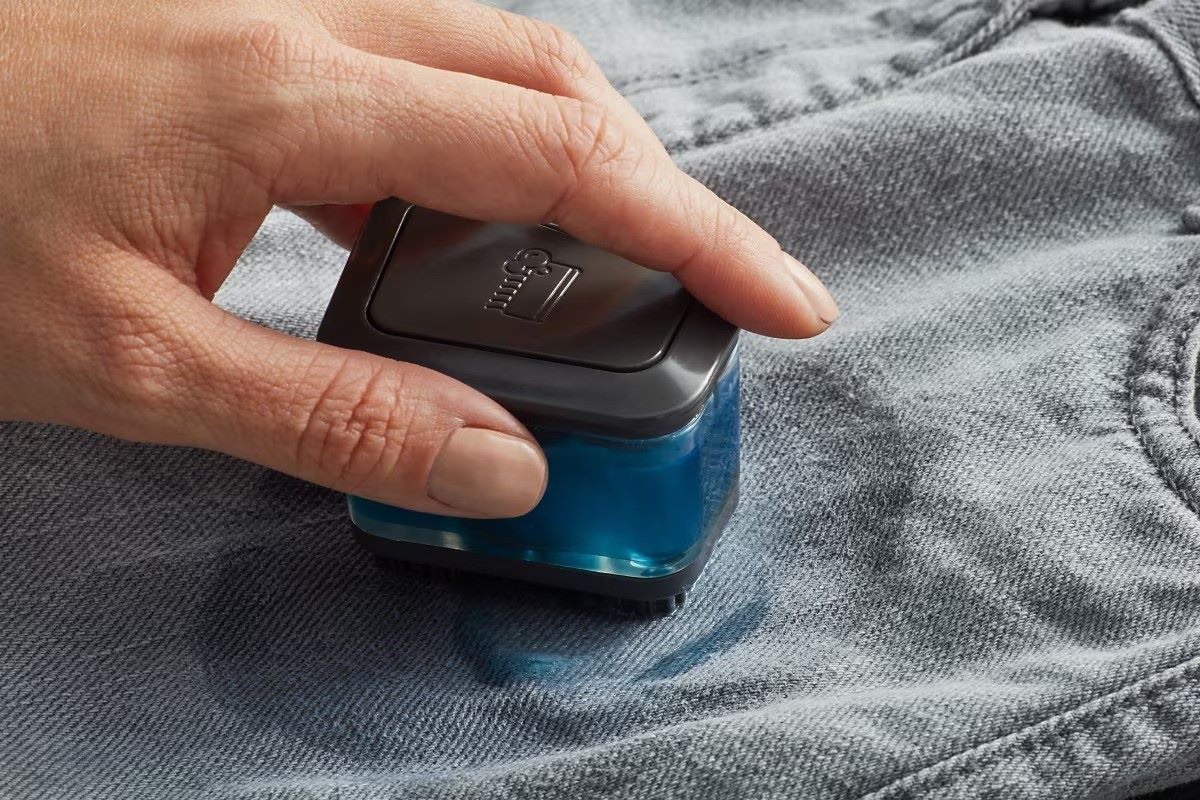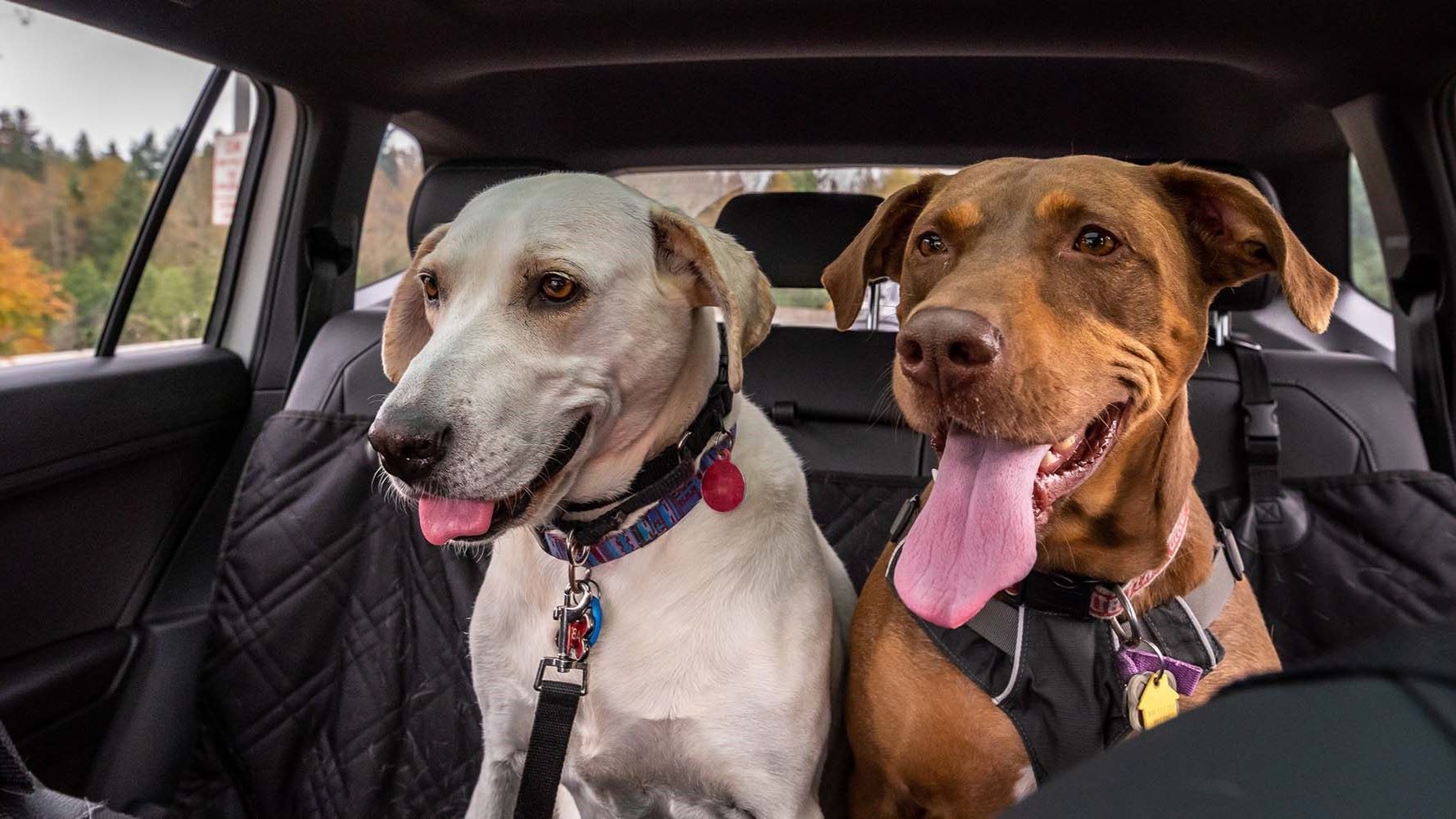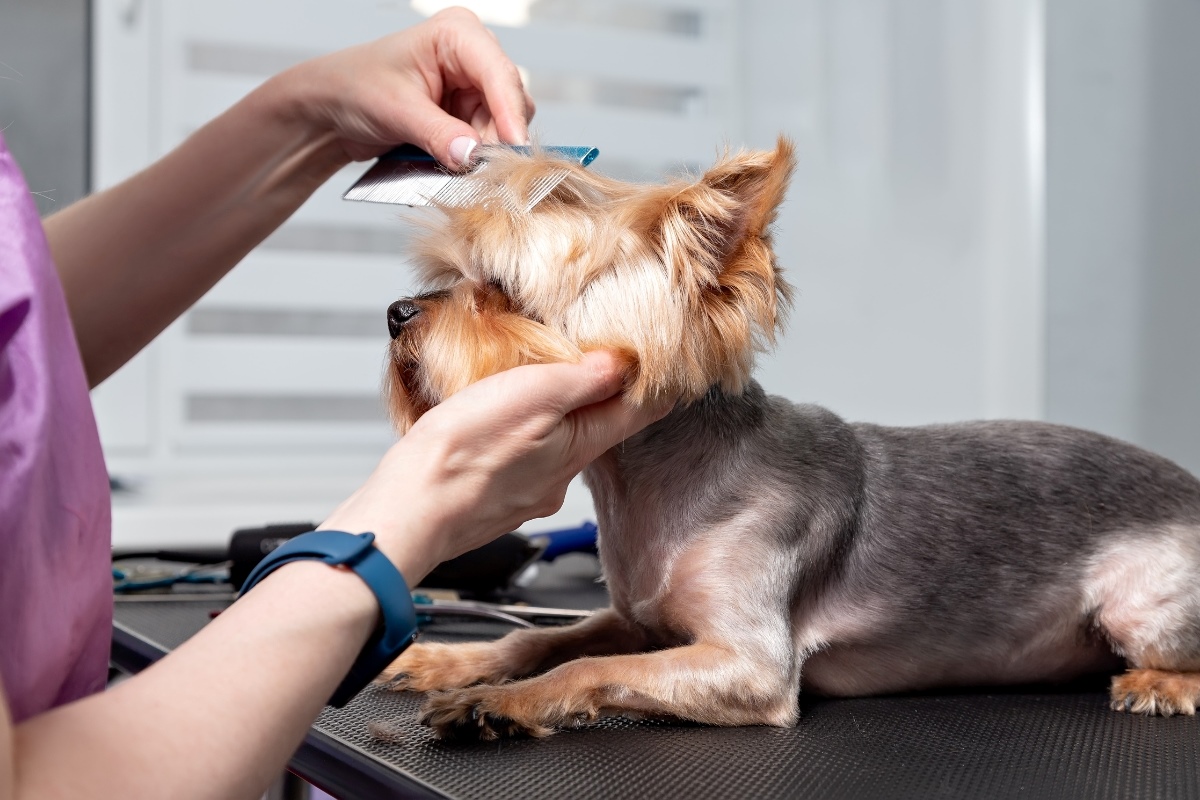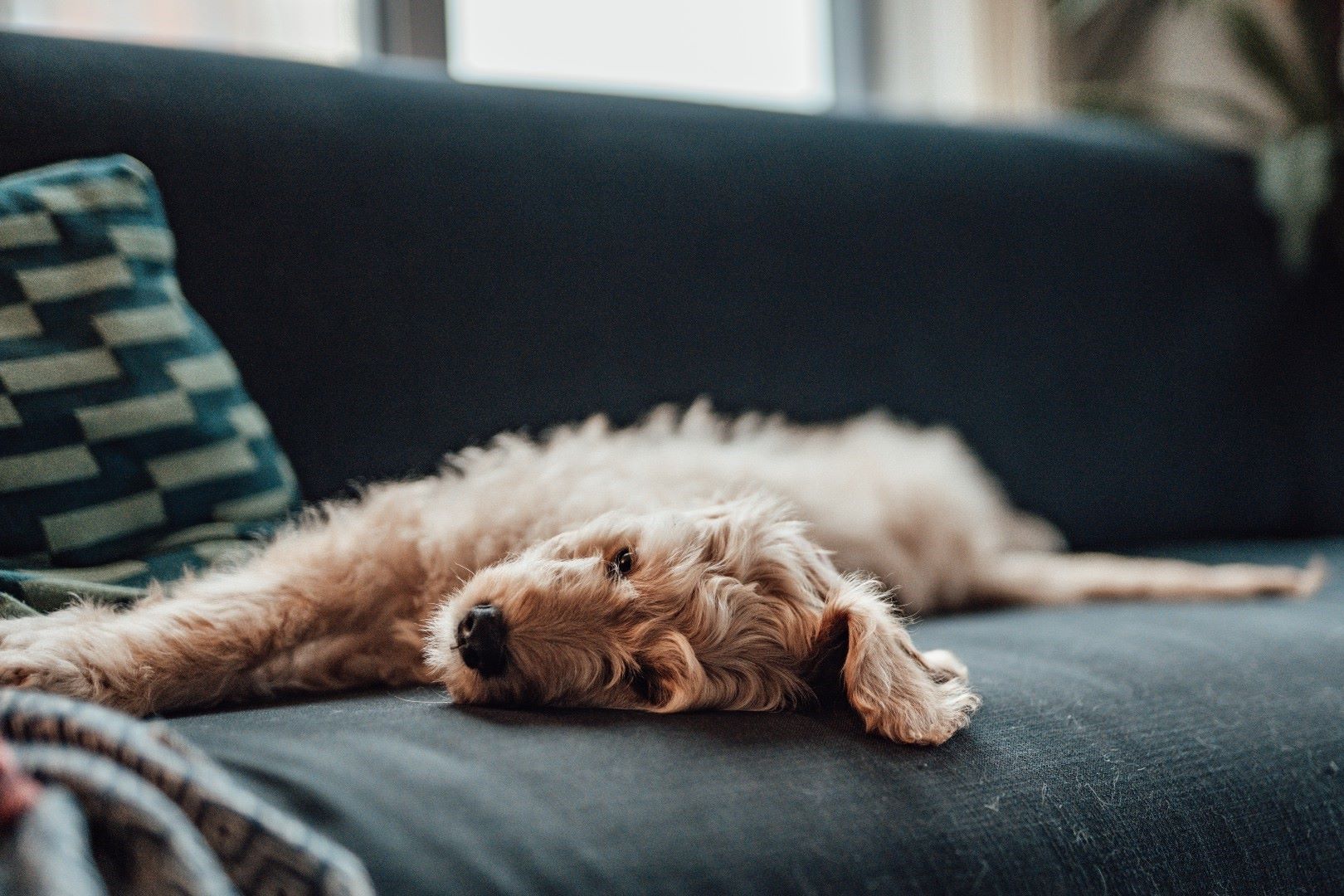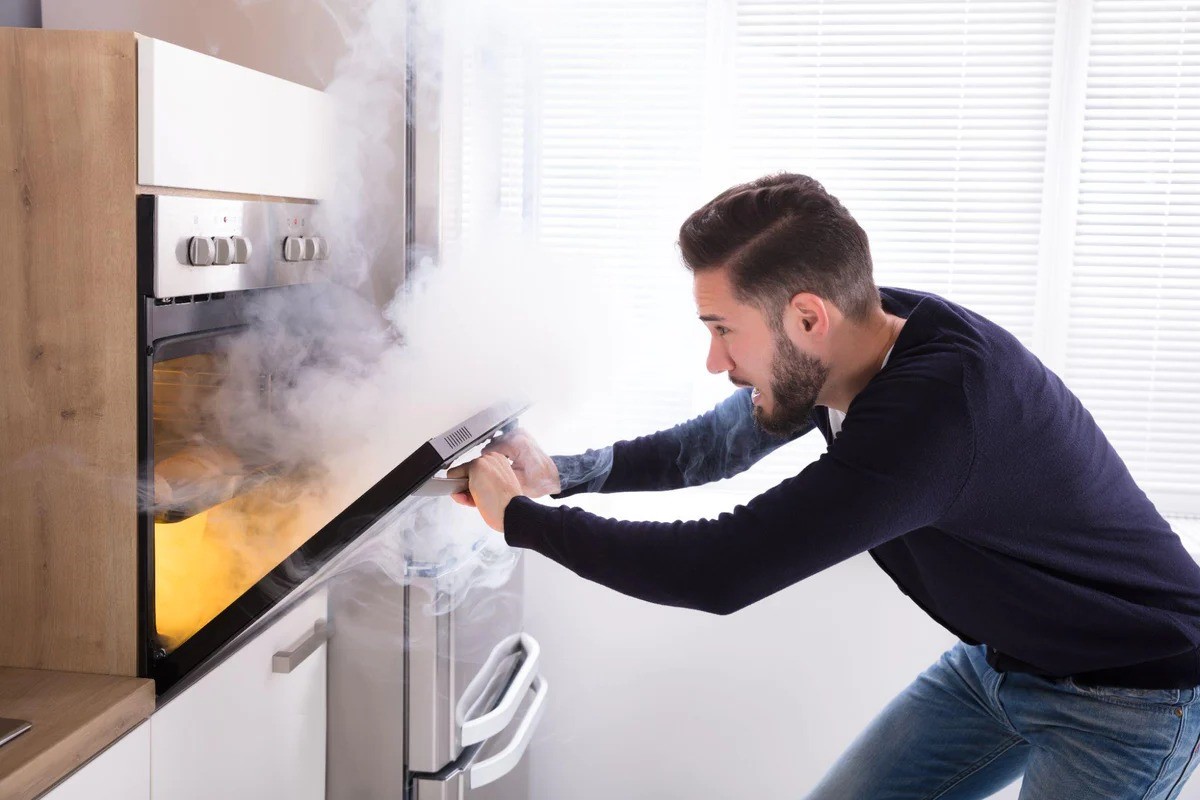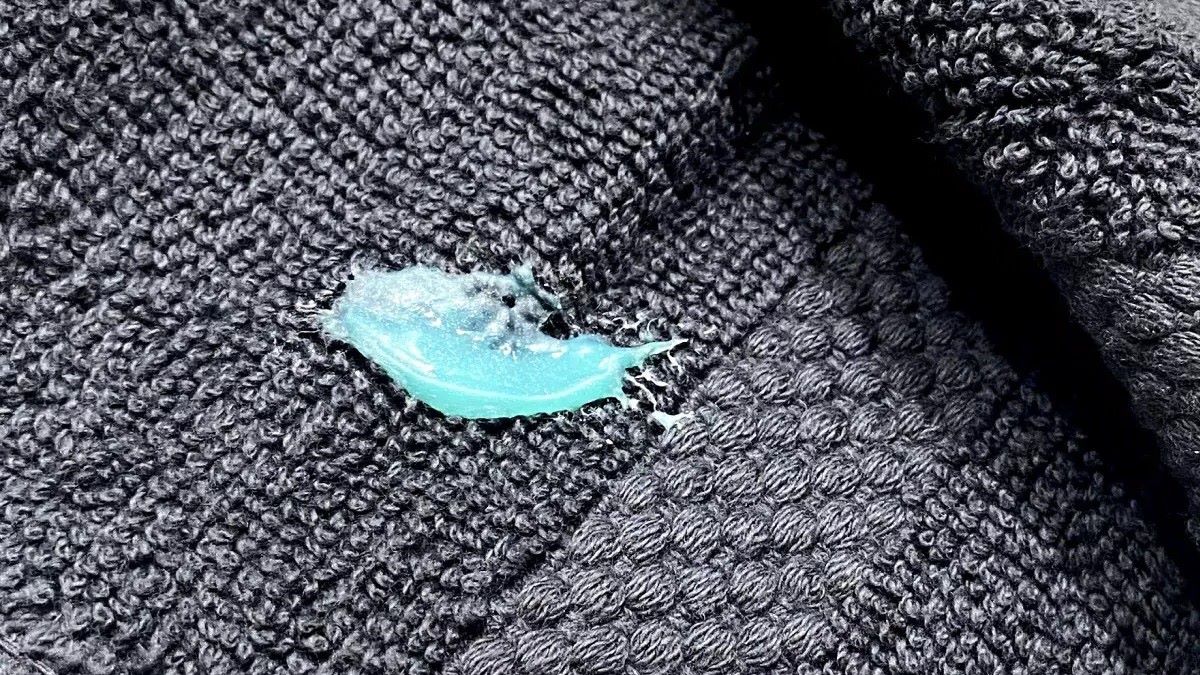Home>Home and Garden>How To Get Dog Smell Out Of Couch
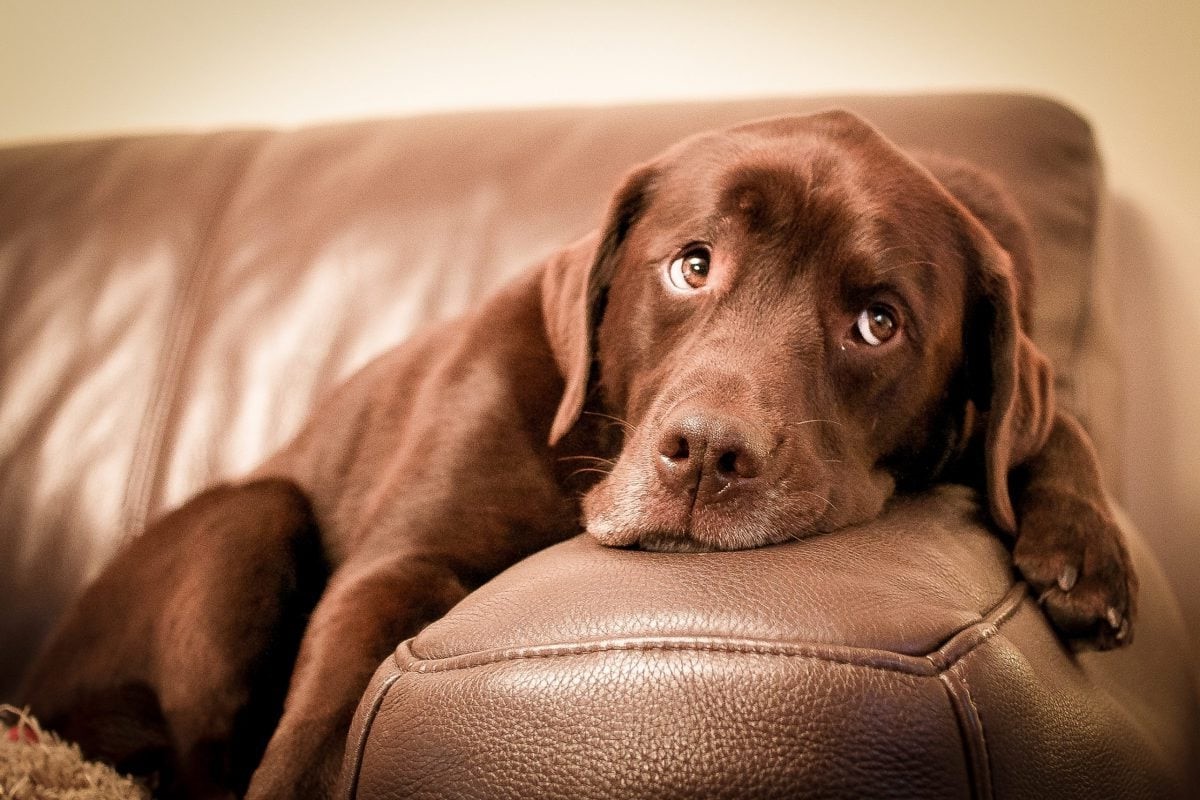

Home and Garden
How To Get Dog Smell Out Of Couch
Published: March 3, 2024
Learn effective home and garden tips to eliminate dog smell from your couch. Discover simple solutions to keep your living space fresh and clean.
(Many of the links in this article redirect to a specific reviewed product. Your purchase of these products through affiliate links helps to generate commission for Noodls.com, at no extra cost. Learn more)
Table of Contents
Introduction
Dealing with a persistent dog smell on your couch can be a daunting challenge, but fear not! With the right approach and a bit of elbow grease, you can effectively banish that unpleasant odor and restore your couch to its former freshness. Whether you're a proud pet parent or have recently acquired a pre-loved couch with a lingering dog smell, this comprehensive guide will equip you with the knowledge and techniques to tackle the issue head-on.
A couch is often the heart of a home, where family members and furry friends alike gather to relax and unwind. However, over time, our beloved canine companions can leave behind a distinct odor that permeates the fabric and cushions. This can be attributed to a variety of factors, including natural oils from the dog's fur, dander, and the occasional accident. Understanding the source of the dog smell is crucial in effectively addressing the issue and preventing its recurrence.
In the following sections, we will delve into the root causes of dog smell on couches, explore natural remedies and commercial products for odor removal, and discuss preventive measures to keep your couch smelling fresh and inviting. By the end of this guide, you'll be equipped with the knowledge and actionable steps to bid farewell to that persistent dog smell and reclaim your couch as a clean and welcoming space for relaxation and enjoyment. Let's embark on this journey to restore your couch to its olfactory glory!
Read more: How To Get Pee Smell Out Of Couch
Understanding the source of dog smell
The distinctive odor associated with dogs can permeate couches due to various factors. Understanding the sources of this smell is essential in effectively addressing the issue. One primary contributor to the dog smell on couches is the natural oils present in a dog's fur. These oils, which serve as a protective and conditioning agent for the dog's coat, can transfer onto the couch fabric during cuddle sessions or when the dog lounges on the furniture. Over time, these oils can accumulate and contribute to the characteristic dog smell.
Additionally, dander, which consists of tiny flecks of skin shed by dogs, can also play a significant role in the development of the odor. When dogs shed dander, it can settle into the fibers of the couch, leading to a buildup of allergens and contributing to the persistent smell. Furthermore, if your dog has had an accident on the couch, whether it's due to a lack of house training or an unforeseen circumstance, the residual odor can linger and intensify over time if not properly addressed.
Moreover, the material of the couch itself can absorb and retain odors, exacerbating the issue. Fabrics such as microfiber and upholstery with a high percentage of natural fibers are particularly prone to trapping and retaining dog smells. The porous nature of these materials allows odors to become deeply embedded, making it challenging to eliminate the smell without targeted cleaning methods.
Understanding these sources of dog smell on couches is crucial for devising an effective odor removal strategy. By recognizing the contributing factors, you can tailor your approach to address each element, ensuring a comprehensive and long-lasting solution. With this knowledge in hand, you'll be better equipped to tackle the dog smell on your couch and restore it to a fresh and inviting state for all to enjoy.
Preparing the couch for cleaning
Before diving into the cleaning process, it's essential to prepare the couch to maximize the effectiveness of odor removal techniques. This preparatory phase sets the stage for thorough cleaning and ensures that the subsequent steps yield optimal results.
-
Remove Cushions and Pillows: Start by removing all removable cushions and pillows from the couch. This step allows for easier access to the entire surface area of the couch, enabling comprehensive cleaning without any obstructions.
-
Vacuuming: Utilize a vacuum cleaner with an upholstery attachment to thoroughly vacuum the entire couch. Pay close attention to crevices, seams, and areas where pet hair, dander, and debris tend to accumulate. By effectively removing loose particles, you'll create a clean canvas for the subsequent cleaning methods to target the underlying odor.
-
Spot Testing: Before applying any cleaning solution or product to the entire couch, perform a spot test in an inconspicuous area. This precautionary measure helps ensure that the cleaning agent does not cause discoloration, damage, or adverse reactions with the fabric. Once the spot test confirms compatibility, proceed with confidence.
-
Read Manufacturer's Instructions: If your couch features specific cleaning instructions or manufacturer's recommendations, take the time to review and adhere to these guidelines. Different upholstery materials may require tailored cleaning approaches, and following the manufacturer's instructions can help preserve the integrity of the fabric while effectively addressing the dog smell.
-
Ventilation: Ensure adequate ventilation in the cleaning area by opening windows or using fans. Proper ventilation facilitates the drying process and helps dissipate any residual odors that may be released during cleaning.
By diligently preparing the couch for cleaning, you lay the groundwork for a successful odor removal endeavor. These preparatory steps not only enhance the efficacy of the subsequent cleaning methods but also contribute to the overall care and maintenance of your couch. With the couch primed and ready for cleaning, you're poised to tackle the dog smell with confidence and precision, ultimately restoring your couch to a fresh and inviting state.
Using natural remedies to remove dog smell
When it comes to eliminating dog smell from your couch using natural remedies, you have a variety of effective options at your disposal. These natural solutions not only target the odor but also offer the added benefits of being eco-friendly and safe for both your family and pets. Let's explore some of the most potent natural remedies for banishing dog smell from your couch:
1. Baking Soda
Baking soda is a versatile and powerful odor neutralizer that can work wonders in eliminating dog smell from your couch. Begin by generously sprinkling baking soda over the entire surface of the couch, focusing on areas where the odor is most pronounced. Allow the baking soda to sit for at least 15-20 minutes to effectively absorb the odors. Afterward, thoroughly vacuum the couch to remove the baking soda, along with the trapped odors, leaving behind a noticeably fresher scent.
Read more: How To Get Blood Out Of Couch
2. White Vinegar Solution
White vinegar is renowned for its natural deodorizing properties and can be a game-changer in combating dog smell on your couch. Create a solution by mixing equal parts of water and white vinegar in a spray bottle. Lightly mist the affected areas of the couch with the solution, ensuring that the fabric is not overly saturated. As the vinegar evaporates, it will help neutralize and eliminate the odors, leaving your couch smelling clean and fresh.
3. Citrus-Based Cleaner
Citrus fruits, such as lemons and oranges, contain natural oils that possess excellent deodorizing qualities. You can create a homemade citrus-based cleaner by infusing citrus peels in a jar of white vinegar for a few days. Strain the solution and transfer it to a spray bottle. Lightly mist the couch with the citrus-based cleaner and allow it to air dry. The pleasant citrus aroma will help mask and eliminate the dog smell, leaving behind a refreshing scent.
4. Activated Charcoal
Activated charcoal is highly effective in absorbing and neutralizing odors, making it an excellent natural remedy for tackling dog smell on your couch. Place small bowls of activated charcoal near the couch or tuck sachets of activated charcoal within the cushions to help absorb and eliminate lingering odors over time.
By harnessing the power of these natural remedies, you can effectively combat dog smell on your couch while embracing a sustainable and eco-friendly approach to odor removal. These natural solutions not only target the source of the odor but also contribute to creating a healthier and more inviting environment within your home.
Using commercial products to remove dog smell
In addition to natural remedies, commercial products specifically formulated for odor removal can be highly effective in eliminating dog smell from your couch. These products are designed to target and neutralize odors at the molecular level, providing a potent solution for persistent and deeply embedded smells. When selecting commercial products for odor removal, it's essential to choose those that are safe for use on upholstery and compatible with the material of your couch.
-
Enzymatic Cleaners: Enzymatic cleaners are a popular choice for combating dog smell on couches. These cleaners contain enzymes that break down organic compounds, such as those found in pet urine and other bodily fluids. By targeting the source of the odor at a molecular level, enzymatic cleaners effectively neutralize the smell, leaving behind a fresh and clean scent. When using enzymatic cleaners, it's important to follow the manufacturer's instructions and allow sufficient dwell time for the enzymes to work their magic.
-
Odor-Neutralizing Sprays: Odor-neutralizing sprays are designed to bind and neutralize odorous molecules, effectively eliminating unpleasant smells from upholstery and fabrics. These sprays often feature a pleasant scent that helps mask and replace the dog smell with a more inviting aroma. When using odor-neutralizing sprays, it's advisable to test a small, inconspicuous area of the couch first to ensure compatibility and to avoid any potential discoloration or damage.
-
Upholstery Shampoos: Specialized upholstery shampoos formulated for pet odor removal can be an effective option for deep cleaning and deodorizing couches. These shampoos are designed to penetrate the fabric, lifting and removing embedded odors while refreshing the upholstery. When using upholstery shampoos, it's important to thoroughly rinse and dry the couch according to the manufacturer's instructions to prevent any residual product from attracting dirt or causing a lingering scent.
-
Fabric Refreshers: Fabric refreshers are convenient and versatile products that can help eliminate dog smell from your couch. These products typically come in the form of aerosol sprays or pump spritzers and are designed to neutralize odors on contact. Fabric refreshers can be used as a quick and effective solution for addressing localized areas of odor or as a maintenance tool to keep your couch smelling fresh between deep cleanings.
By incorporating these commercial products into your odor removal arsenal, you can effectively combat dog smell on your couch and restore it to a clean and inviting state. When using commercial products, always follow the manufacturer's instructions and guidelines to ensure safe and effective odor removal without compromising the integrity of your couch's upholstery.
Read more: How To Get Diesel Smell Out Of Clothes
Preventing future dog smell on the couch
Preventing future dog smell on the couch is essential for maintaining a fresh and inviting living space. By implementing proactive measures and incorporating consistent maintenance practices, you can effectively minimize the recurrence of dog odors on your couch. Here are actionable strategies to prevent future dog smell and preserve the cleanliness of your couch:
-
Regular Vacuuming: Establish a routine of regular vacuuming to remove pet hair, dander, and debris from the surface and crevices of the couch. Use a vacuum cleaner with an upholstery attachment to thoroughly clean the fabric and prevent the accumulation of odor-causing particles.
-
Pet Grooming and Maintenance: Regular grooming and bathing of your dog can significantly reduce the transfer of oils and odors onto the couch. By maintaining your pet's hygiene, you can minimize the introduction of odor-causing elements to the furniture.
-
Designated Pet Areas: Designate specific areas within your home for your dog to rest and play, such as a pet bed or designated blankets. By creating a designated space for your pet, you can limit their contact with the couch, reducing the likelihood of odor transfer.
-
Protective Couch Covers: Consider using washable, protective covers for your couch, especially if your dog enjoys lounging on the furniture. These covers provide a barrier against pet-related odors and can be easily laundered to maintain a fresh and clean couch surface.
-
Air Purification: Utilize air purifiers or natural air-purifying methods, such as opening windows and using houseplants, to improve indoor air quality and reduce pet odors in the living space. Fresh, clean air can help mitigate the presence of lingering odors.
-
Prompt Spill and Accident Cleanup: In the event of a pet-related accident or spill on the couch, promptly clean and treat the affected area to prevent odors from setting in. Use appropriate cleaning solutions and techniques to address accidents immediately.
-
Professional Upholstery Cleaning: Schedule periodic professional upholstery cleaning to deep clean and refresh your couch. Professional cleaning services can effectively remove embedded odors and maintain the overall cleanliness of the upholstery.
By proactively implementing these preventive measures, you can minimize the impact of dog smell on your couch and uphold a clean and welcoming environment within your home. Consistent maintenance and strategic interventions will contribute to a fresh and odor-free living space, allowing you to enjoy your couch without the worry of persistent pet-related odors.

